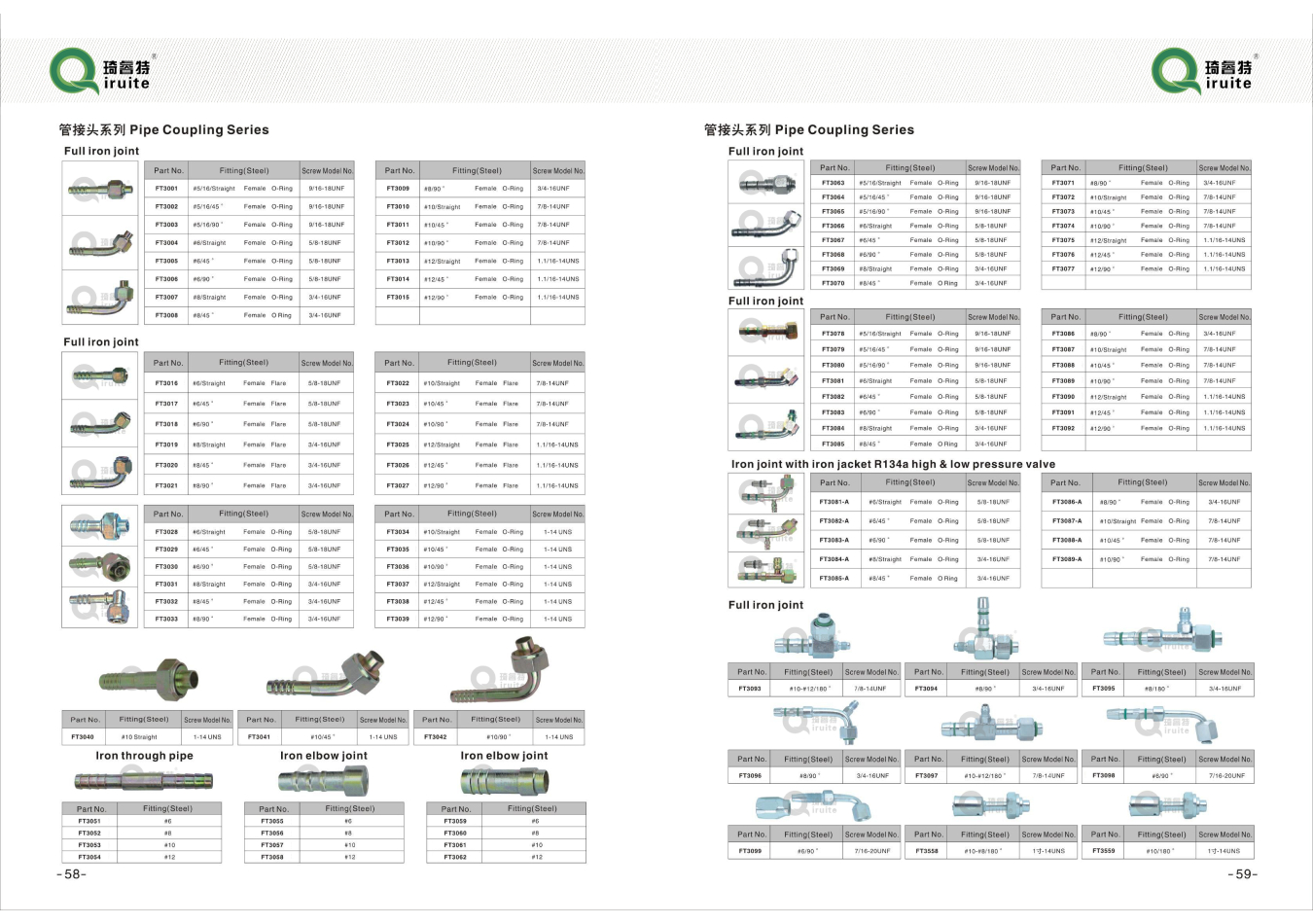Cost Analysis of Power Steering Hose Replacement and Maintenance Expenses for Vehicle Owners
Understanding the Costs of Power Steering Hose Replacement
Power steering is a critical component in modern vehicles, allowing drivers to maneuver their cars with ease. As with any system, the components that make up the power steering system can wear out over time, and the power steering hose is no exception. Understanding the costs associated with a power steering hose replacement is essential for vehicle owners, as it can help them budget for maintenance and repairs effectively.
What is a Power Steering Hose?
The power steering hose is responsible for transporting hydraulic fluid between the power steering pump and the steering gear or rack. This fluid is essential for generating the necessary pressure to assist in steering. There are typically two main types of hoses in this system the high-pressure hose, which carries fluid from the pump to the steering gear, and the low-pressure return hose, which returns the fluid back to the pump. Over time, these hoses can degrade, develop leaks, or become damaged due to wear and tear, necessitating replacement.
Factors Influencing the Cost
The cost of replacing a power steering hose can vary widely based on several factors
1. Make and Model of the Vehicle Different vehicles have different specifications for power steering hoses. Luxury vehicles or those with specific performance models may have more expensive parts. For example, a power steering hose for a BMW may cost significantly more than one for a Honda because of brand reputation, material quality, and manufacturing processes.
2. Type of Hose High-pressure hoses are typically more expensive than return hoses. If a vehicle requires both hoses to be replaced, the total cost will obviously increase. Moreover, aftermarket hoses may be cheaper than OEM (original equipment manufacturer) hoses, but they may not always match the same quality standards.
power steering hose cost

3. Labor Costs Labor can also significantly influence the overall cost of replacement. Mechanics typically charge an hourly rate, which can vary based on the region, the shop's reputation, and the complexity of the job. Replacing a power steering hose might take anywhere from one to three hours, depending on access and the specific vehicle being worked on.
4. Fluid Replacement When a power steering hose is replaced, it’s essential to also replace the power steering fluid, especially if the old fluid has become contaminated. The cost of new fluid should be factored into the overall expense.
Average Costs
On average, vehicle owners can expect to pay between $150 and $400 for a power steering hose replacement. This estimate usually includes both parts and labor. High-end or specialty vehicles may see costs rise to $600 or more, especially if multiple parts need replacing. It's always advisable to get multiple quotes from different repair shops to ensure you’re getting a fair deal.
DIY Considerations
For those with mechanical skills, replacing a power steering hose can be a manageable DIY project. However, it's crucial to have the right tools and to follow a comprehensive guide specific to their vehicle's make and model. DIY repairs can save significantly on labor costs, but they also come with risks, including potential misdiagnosis of the problem or improper installation, which could lead to further issues down the line.
Conclusion
In summary, while the cost of replacing a power steering hose can vary based on several factors, being informed about what influences these costs can help vehicle owners make better decisions. Regular vehicle maintenance, including the inspection of power steering components, can prevent sudden failures and potentially save money in the long run. Always consult with a trusted mechanic to understand your options and to ensure your vehicle remains safe and efficient on the road.
-
Ultimate Spiral Protection for Hoses & CablesNewsJun.26,2025
-
The Ultimate Quick-Connect Solutions for Every NeedNewsJun.26,2025
-
SAE J1401 Brake Hose: Reliable Choice for Safe BrakingNewsJun.26,2025
-
Reliable J2064 A/C Hoses for Real-World Cooling NeedsNewsJun.26,2025
-
Heavy-Duty Sewer Jetting Hoses Built to LastNewsJun.26,2025
-
Fix Power Steering Tube Leaks Fast – Durable & Affordable SolutionNewsJun.26,2025

